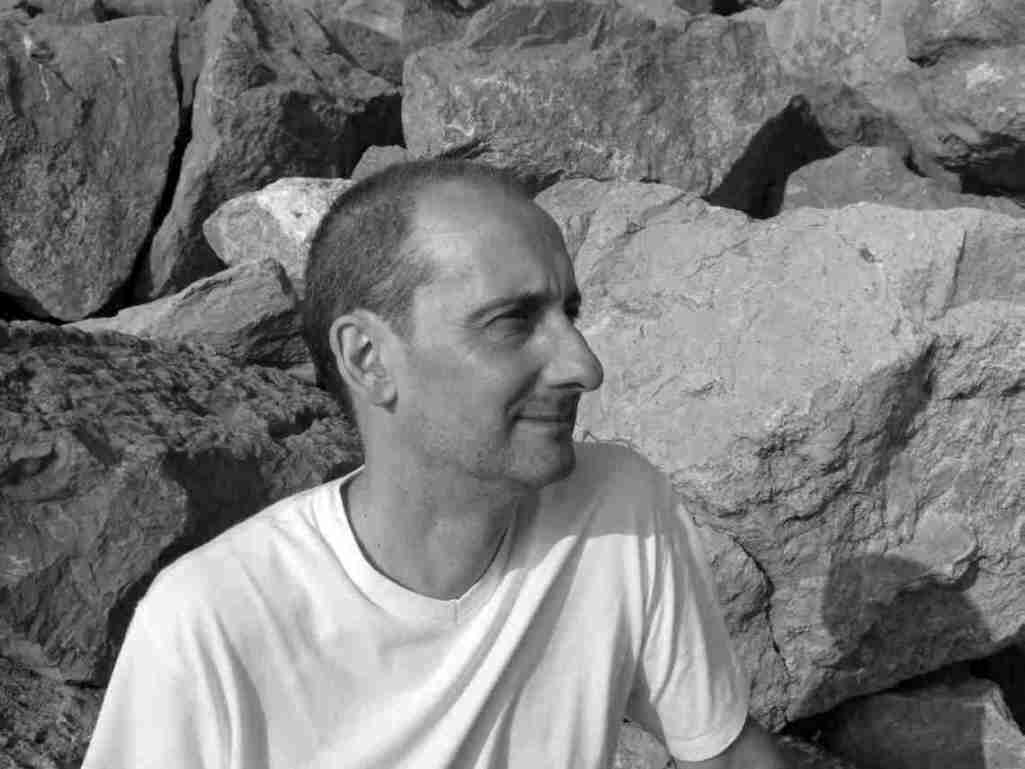
Jean Epstein's Finis Terrae 1929 is the second film in my series of posts on the films shown by the Cambridge Film Guild during Lowry's undergraduate years at Cambridge.
You can view Finis Terrae at Mundosilente website but you will need to download a peer to peer programme to view the film.
In “Finis Terrae”, Herr Epstein forsakes the avant-garde and chooses a more realistic cinema. The film is a kind of documentary set in French Brittany and part of a trilogy (completed by “Mor Vran” (1931) and “L’Or Der Mers” (1932)) dedicated to that French coastal region for which the director had a special predilection.
Though the film belongs in the documentary genre, Herr Epstein is moreinterested in the experimentation he can do. He dramatizes the story in a way consistent with his artistic purposes but does not forget to reflect in it the area, the people and customs with their special characteristics. However, the movie lacks the evident ethnologic importance of Herr Flaherty or Herr Grierson’s films. Read more here

Jean Epstein started directing his own films in 1922 with Pasteur, followed by L'Auberge rouge and Coeur fidèle (both 1923). Famous film director Luis Buñuel worked as an assistant director to Epstein on Mauprat (1926) and La Chute de la maison Usher (1928). Epstein's criticism appeared in the early modernist journal L'Esprit Nouveau.
During the making of Coeur fidèle Epstein now chose to film a simple story of love and violence "to win the confidence of those, still so numerous, who believe that only the lowest melodrama can interest the public", and also in the hope of creating "a melodrama so stripped of all the conventions ordinarily attached to the genre, so sober, so simple, that it might approach the nobility and excellence of tragedy". [1] He wrote the scenario in a single night.
Epstein had been much impressed by Abel Gance's recently completed La Roue, and in Coeur fidèle he sought to apply its techniques of rapid and rhythmic editing as well as the innovative use of close-ups and superimpositions of images. These techniques are most apparent during the first half of the film: the opening sequence establishing Marie's situation in the harbour bar through a series of close-ups of her face, her hands, the table and glasses that she is cleaning; the use of images of the sea and the port, either intercut or superimposed, to convey the yearnings of Jean and Marie; and the film's most celebrated sequence at the fairground in which a highly complex series of rhythmically assembled images charts the tension of the relationship between Marie and Petit Paul. The later scenes of the film are relatively conventional in the techniques employed and depend more upon situation and action than upon photography and processing of the images. Read more at Wikipedia
Though I am unable to show any long clips of Finis Terrae on my blog, I have been able to find a copy of Epstein's Fall Of The House Of Usher to compensate:
The Fall Of the House Of Usher was a significant film to Lowry and I will be returning to look at the film in more detail in another post..
Lowry visited the Valentine Museum in Richmond to see Poe's relics in 1947.
He later copied this down in his notebook from one of Poe's leters:
"It will however be the last time I ever trouble any human being - I feel am on a sick bed from which I shall never get up.. I am wearing away every day, even if my last sickness has not completed it"








No comments:
Post a Comment